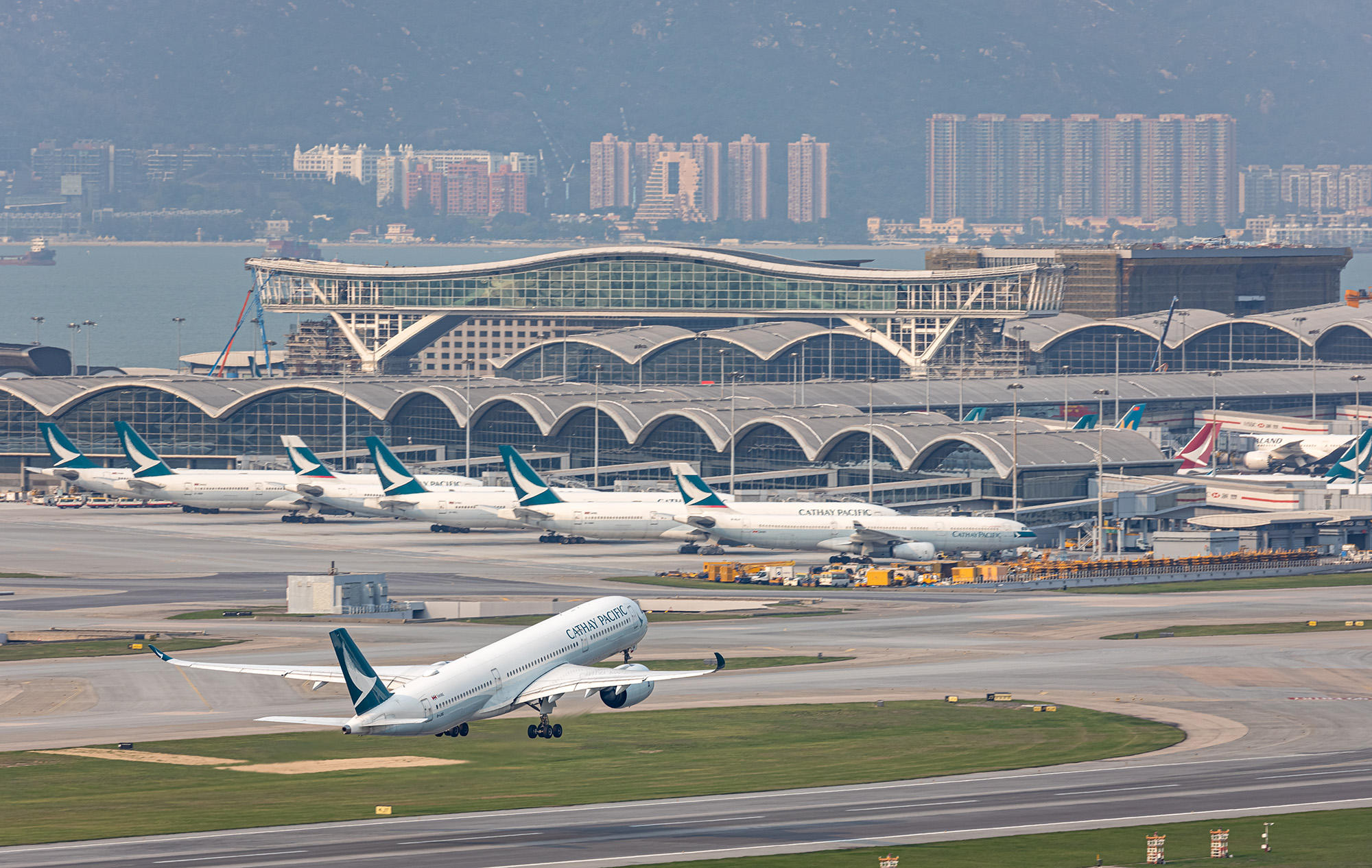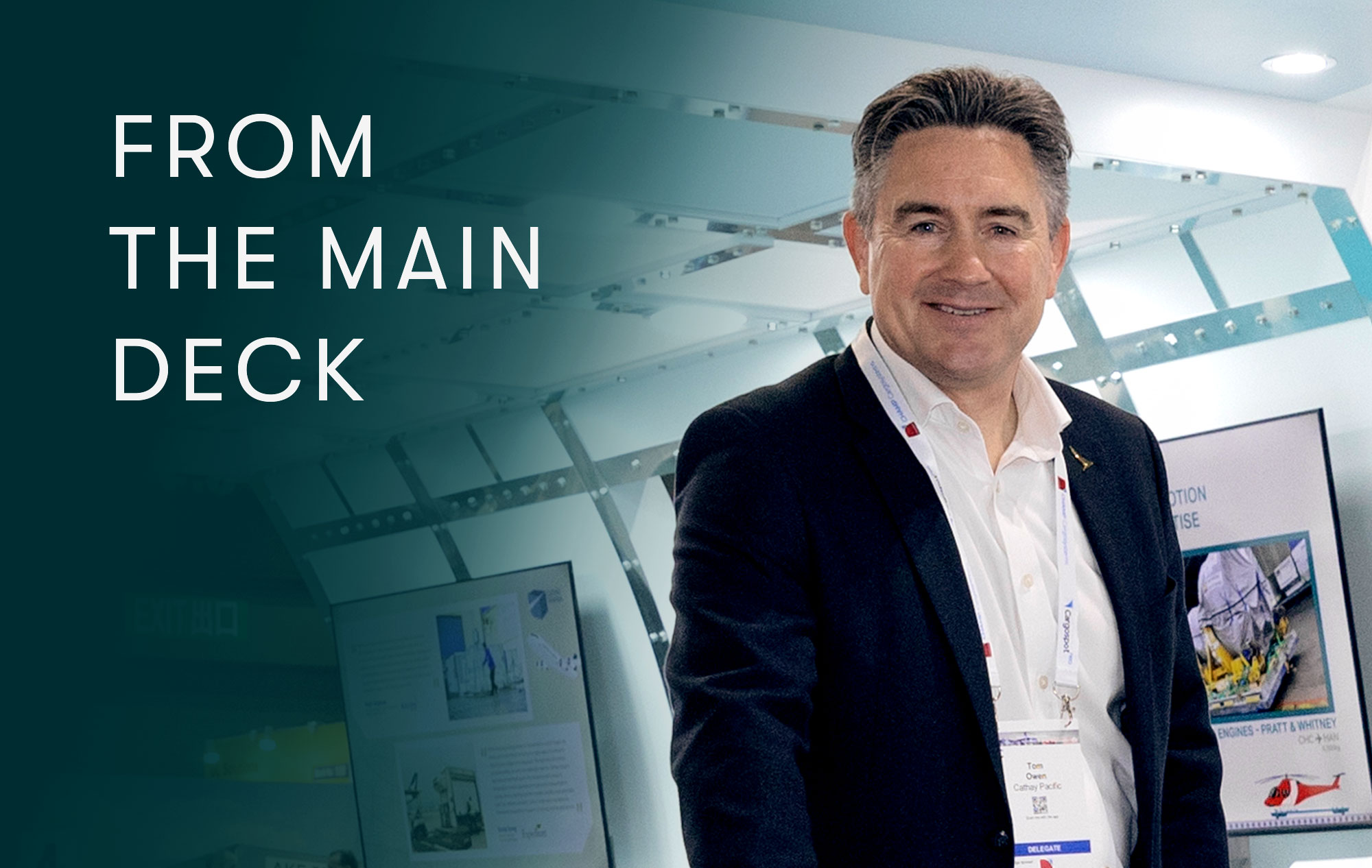
The task of distributing a COVID-19 vaccine around the world has been likened to the mission to put a man on the moon.
By IATA’s estimate, it would take more than 8,000 Boeing 747 freighters to carry the 7.8 billion doses required for a single-shot immunisation of the global population.
Yet this striking lunar comparison is at once too optimistic and too pessimistic. The vast majority of the nearly 250 vaccine development programmes currently in progress around the globe are for two-shot inoculations. But, on the other hand, most informed industry groups predict that global distribution will be a longer sustained effort rather than one heavy simultaneous burst. According to a study by McKinsey, announcements from manufacturers indicate that global production capacity could turn out one billion doses by the end of this year and between eight and nine billion by the end of 2021.
Nevertheless, airfreight capacity is a headache. According to IATA, the global freighter fleet is pretty much maxed out. With scheduled belly capacity still severely curtailed by the virus, passenger aircraft on cargo missions are going to have a significant part to play in this effort.

The pressure on the cold chain will be immense. DHL estimates that 15 million cooler boxes will be needed to deliver 10 billion doses of vaccine. Refrigerated vaccines usually require temperatures of between +2°C and +8°C, while frozen vaccines need –15°C or lower.
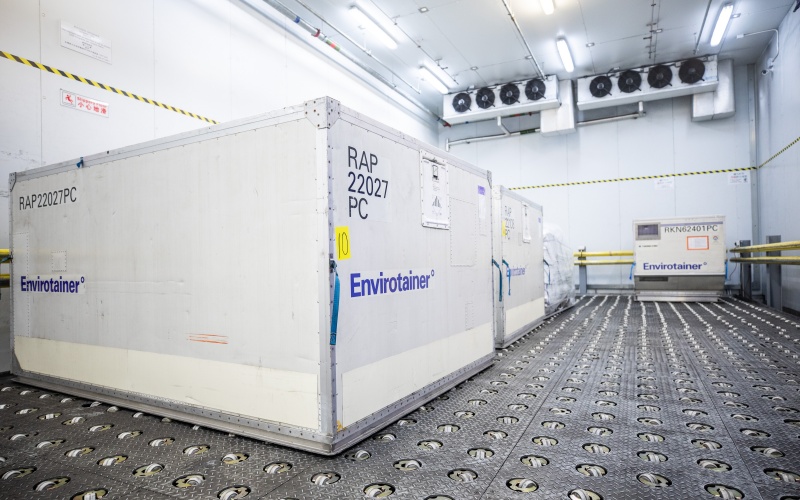
The supply of temperature-controlled containers is sufficient, according to Mattias Isaksson, Head of Marketing and Communications at Envirotainer. He says the ULD provider has the capacity ‘to manage all current and upcoming cold-chain vaccine shipments to vaccinate the whole world.’ He adds that it can use closed-loop set-ups with pop-up stations in dedicated locations to facilitate large volume shipments.
But where? A white paper on vaccine distribution published at the beginning of September by DHL warned that existing cold-chain infrastructure could only deliver a frozen vaccine to 2.5 billion people in some 25 developed countries. Ground-handling firm Swissport, which has temperature-controlled facilities in 72 of its 115 handling stations, takes a different view. The strong growth of pharmaceutical traffic in recent years has prompted ongoing investment in this, so ‘there is a strong platform in place’, according to a company spokesman.
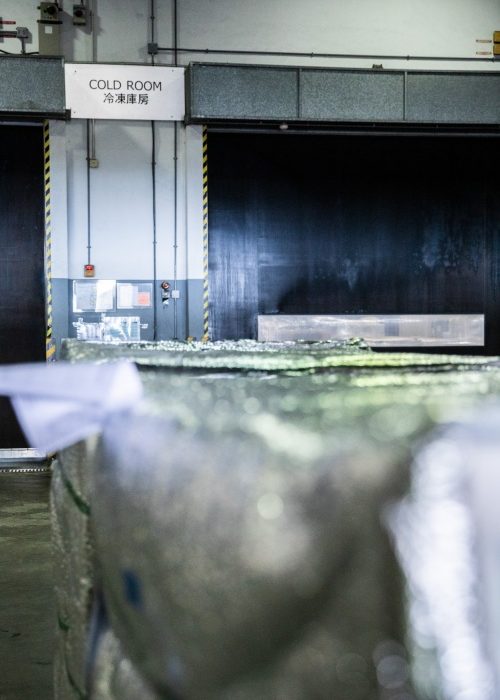
Cold-chain infrastructure is being expanded feverishly, with operators adding new temperature-controlled facilities in preparation of a COVID-19 vaccine. This will make visibility of the supply chain critical.
‘It is important to continue to keep all information channels open, with all stakeholders,’ adds Isaksson.
‘The sooner we get a heads-up, the better we can secure and re-allocate containers if needed. We have the capacity but need to know a little in advance so that they are in the right place at the right time.’
IATA has already released a free online platform that shows all independently validated aviation logistics facilities around the world and their capabilities, indicating equipment, services and certifications. The aim is to provide a single reference point covering the entire supply chain, from shippers, truckers and forwarders to airlines and handling facilities.
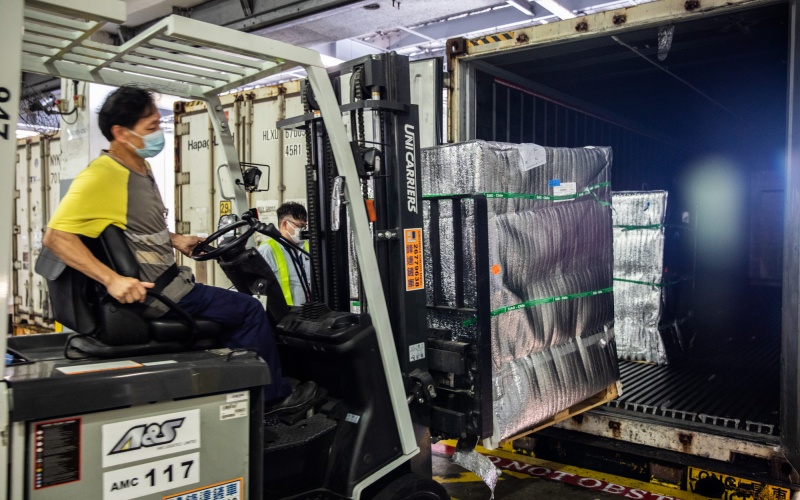
To achieve full visibility, digitisation – a goal of the industry – will be vital. ‘In broad terms, it’s all about collaboration and digitisation,’ the Swissport spokesman adds. ‘The individual capacity and preparedness of the logistics service providers are very important. To organise fast and efficient traffic, these need to be connected into trade lanes.’
Additionally, digitisation should speed up clearance processes. These are not shipments that will respond well to ground delays. In a separate move, IATA has called on governments to organise private-public partnerships and coordinate their efforts to remove regulatory hurdles from the distribution process.
Cathay Pacific Cargo provides specialised services, tailor-made solutions and dedicated support for pharmaceutical shipments. Please click here for information on the Pharma LIFT product.





